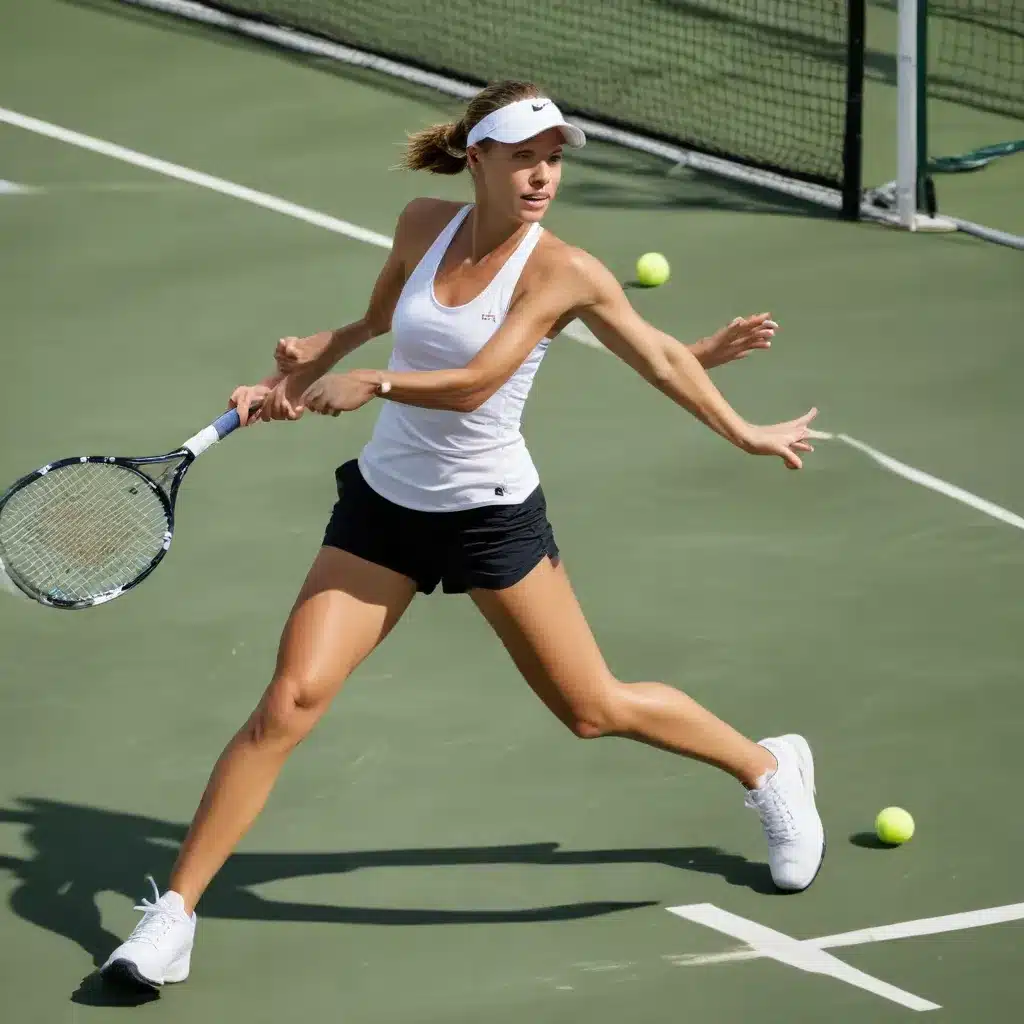
Navigating the Regulatory Landscape for Tennis Training in London
As a tennis enthusiast or coach in London, it’s essential to be aware of the local regulations and best practices when it comes to court usage, training programs, and event organization. The city’s vibrant tennis community is governed by a set of guidelines aimed at ensuring player safety, fair access to facilities, and compliance with environmental standards.
One of the key regulations in London is the requirement for all tennis clubs and training facilities to obtain a valid operating license from the local borough council. This license outlines the permitted hours of operation, noise level restrictions, and facility maintenance standards. Before embarking on any tennis-related activities, it’s crucial to ensure that the venue has the necessary documentation in order.
Additionally, London’s environmental regulations dictate the use of sustainable practices in tennis court construction and maintenance. This includes the use of permeable surfaces to reduce runoff, the implementation of energy-efficient lighting, and the proper disposal of tennis ball waste. Tennis coaches and facility managers must stay up-to-date with these regulations to avoid any legal complications or fines.
Developing Agility and Court Movement: Drills for Tennis Players in London
Effective court movement is a crucial aspect of tennis performance, and it’s an area where players in London can significantly improve their game. By incorporating targeted agility drills into their training regimen, tennis enthusiasts can enhance their speed, coordination, and responsiveness on the court.
One of the foundational exercises for improving agility is the ladder drill. Set up a series of parallel lines on the court, with each line spaced approximately 18 inches apart. Players then perform a variety of footwork patterns, such as forward and lateral steps, through the ladder. This drill helps to develop quick feet, improve spatial awareness, and enhance overall coordination.
Another effective agility drill is the cone drill. Place a series of cones in a zig-zag pattern, with each cone spaced around 2-3 meters apart. Players then sprint, shuffle, and backpedal through the cones, changing direction quickly and efficiently. This exercise not only improves agility but also trains the body to react quickly to sudden changes in direction, a critical skill for tennis players.
To further challenge players and simulate the demands of a match, consider incorporating hurdle drills into the training routine. Set up a series of low hurdles (approximately 6-12 inches high) and have players leap over them while maintaining proper form and balance. This drill enhances the player’s ability to absorb and generate force, which is essential for powerful tennis strokes and explosive movements.
Optimizing Performance: Investing in Tennis Training Programs in London
In London, tennis players have access to a wide range of training programs and facilities that cater to various skill levels and goals. When selecting a training program, it’s essential to consider factors such as the coach’s qualifications, the program’s focus on court movement and agility development, and the overall cost.
Many reputable tennis clubs in London offer comprehensive training programs that combine technical instruction, physical conditioning, and mental preparation. These programs typically range from £50 to £100 per hour, depending on the coach’s experience and the facility’s amenities.
For players looking to enhance their agility and court movement specifically, some clubs offer specialized agility-focused training sessions. These sessions may include a combination of ladder drills, cone drills, and other plyometric exercises, all designed to improve the player’s overall quickness and reactivity. Expect to pay between £60 to £80 per hour for these specialized training programs.
It’s also worth considering the availability of group training options, which can be a more cost-effective way to improve court movement and agility. Group sessions typically range from £30 to £50 per hour, depending on the size of the group and the level of personalized attention provided by the coach.
Embracing the Latest Tennis Technology in London
The world of tennis is constantly evolving, and London’s tennis community is at the forefront of technological advancements. From wearable sensors to AI-powered analytics, these innovations can provide valuable insights and enhance the training experience for players and coaches alike.
One technology that has gained significant traction in London is the use of wearable sensors. These devices, often worn on the player’s racket or clothing, can track a wide range of data, including movement patterns, shot velocity, and court coverage. By analyzing this data, players and coaches can identify areas for improvement and tailor their training programs accordingly. Expect to pay between £100 to £300 for a high-quality wearable sensor system.
Another emerging technology in the London tennis scene is the use of AI-powered analytics platforms. These platforms can analyze video footage of a player’s matches or training sessions, providing detailed insights into their technique, decision-making, and overall court positioning. This information can be invaluable for players and coaches looking to refine their strategies and improve their court movement. The cost for accessing these AI-powered analytics platforms can range from £50 to £150 per month, depending on the level of analysis and the number of users.
By embracing these technological advancements, tennis players and coaches in London can gain a competitive edge, optimize their training routines, and ultimately enhance their on-court performance.
Conclusion
In the bustling city of London, tennis enthusiasts and coaches have the opportunity to explore the latest techniques, technologies, and regulations that can elevate their game. By understanding the local compliance requirements, investing in targeted agility training programs, and leveraging the power of innovative tennis technologies, players can unlock the secrets to effective court movement and achieve greater success on the tennis court.
Remember, the journey to mastering court movement is an ongoing one, and by consistently incorporating these strategies into your training regimen, you’ll be well on your way to becoming a more agile, responsive, and confident tennis player in London. Explore the resources available at Cliff Richard Tennis to further enhance your tennis journey and stay ahead of the curve in this dynamic and evolving sport.

